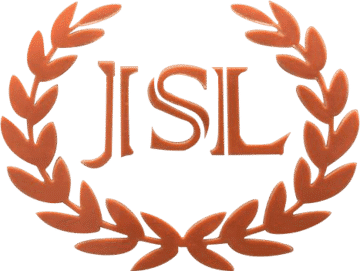How we Bond Coat Emboss Print Test Inspect Pack Load Store the fabrics.
Embossing
Coating
Bonding
Inspecting
Fabric Inspection is systematic observation of fabrics to decide whether it meets: Client’s specification in terms of count/construction, color, design, measurement specifications, hand/feel and other specific quality parameters laid down by the clients.The four-point system derives its name from the basic grading rule that a maximum of four penalty points can be assessed for any single defect and that no linear meter can be assigned more than four points regardless of the number of defects within that piece. Processed Fabric Inspection Under 4 – point system.
Printing
There are 6 major types of printing
• Offset printing. Popular for the printing of newspapers, magazines, stationery, brochures, books, and much more, offset printing is among the most common printing methods used today.
• Rotogravure printing.
• Flexography.
• Digital printing.
• Screen printing.
• 3D printing.
More finishings procedures treatments techniques test to check.
More finishings procedures treatments techniques test
Loading & Shipping
Our Warehouse
Bright PU
Spray Test
